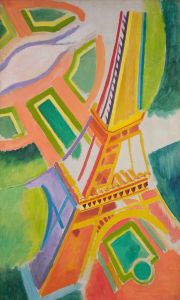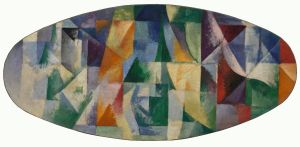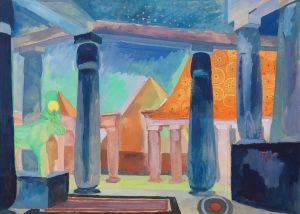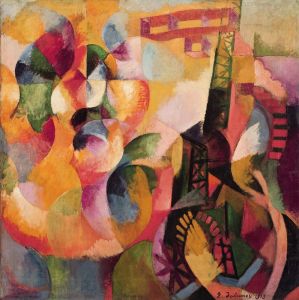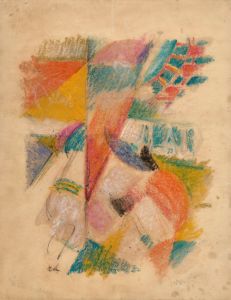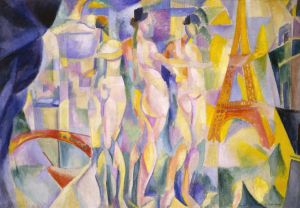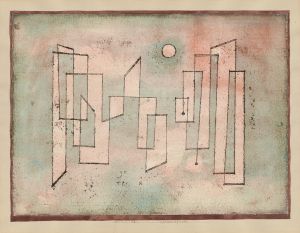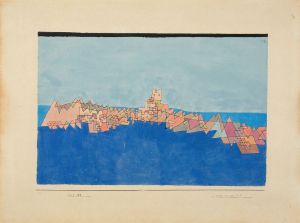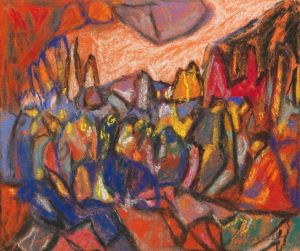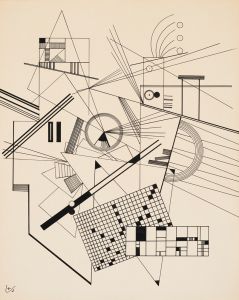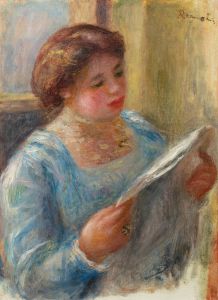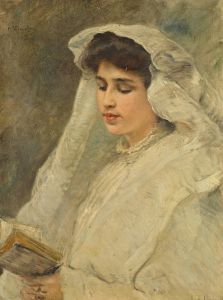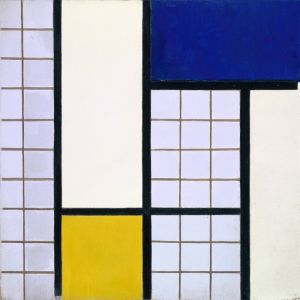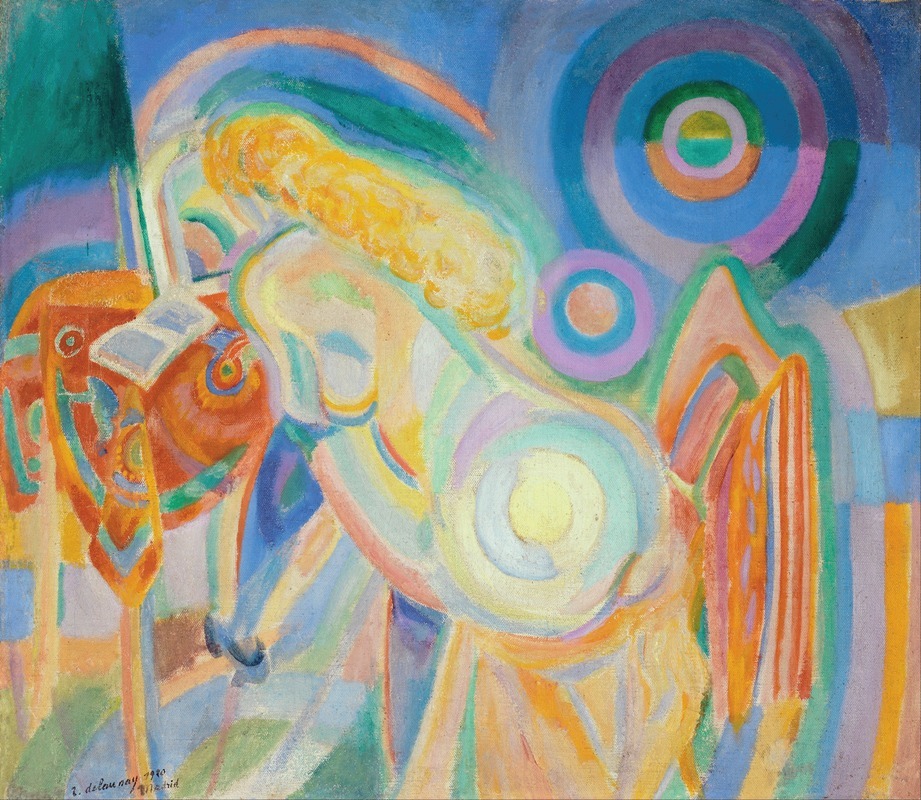
Femme nue lisant
A hand-painted replica of Robert Delaunay’s masterpiece Femme nue lisant, meticulously crafted by professional artists to capture the true essence of the original. Each piece is created with museum-quality canvas and rare mineral pigments, carefully painted by experienced artists with delicate brushstrokes and rich, layered colors to perfectly recreate the texture of the original artwork. Unlike machine-printed reproductions, this hand-painted version brings the painting to life, infused with the artist’s emotions and skill in every stroke. Whether for personal collection or home decoration, it instantly elevates the artistic atmosphere of any space.
"Femme nue lisant" (Nude Woman Reading) is a painting by the French artist Robert Delaunay, a prominent figure in the early 20th-century art movement known as Orphism. Delaunay is celebrated for his innovative use of color and his contributions to abstract art, and "Femme nue lisant" is a testament to his unique style and artistic vision.
Robert Delaunay was born on April 12, 1885, in Paris, France. He began his artistic career in the early 1900s, initially influenced by Neo-Impressionism and the works of Georges Seurat and Paul Cézanne. However, Delaunay soon developed his distinct approach, characterized by a vibrant use of color and a focus on the interplay of light and form.
"Femme nue lisant" was created during a period when Delaunay was exploring the possibilities of color and abstraction. Although the exact date of the painting is not definitively documented, it is believed to have been produced in the early 20th century, around the time when Delaunay was deeply involved in the Orphism movement. Orphism, a term coined by the poet Guillaume Apollinaire, emphasized the lyrical and harmonious use of color, drawing inspiration from music and poetry.
The painting depicts a nude woman engaged in the act of reading, a subject that allows Delaunay to explore the human form and its interaction with the surrounding space. The composition is marked by a dynamic arrangement of shapes and colors, reflecting Delaunay's interest in the rhythm and movement inherent in visual perception. The use of bold, contrasting colors is a hallmark of Delaunay's style, creating a sense of depth and vibrancy that transcends traditional representational art.
Delaunay's approach to color was influenced by scientific theories of color perception, particularly the work of Michel-Eugène Chevreul and his principles of simultaneous contrast. This scientific basis allowed Delaunay to experiment with how colors interact with one another, creating a visual experience that is both dynamic and harmonious. In "Femme nue lisant," the interplay of colors not only defines the figure but also suggests a sense of movement and energy, inviting viewers to engage with the painting on a sensory level.
Throughout his career, Delaunay remained committed to exploring the possibilities of color and abstraction. His work had a significant impact on the development of modern art, influencing artists such as Sonia Delaunay, his wife and collaborator, as well as other contemporaries involved in the avant-garde movements of the time.
"Femme nue lisant" exemplifies Delaunay's innovative approach to art, where the boundaries between form and color are blurred, creating a composition that is both visually striking and intellectually engaging. The painting is a reflection of Delaunay's belief in the transformative power of color and its ability to convey emotion and meaning beyond the constraints of traditional representation.
Today, Robert Delaunay is recognized as a pioneer of abstract art, and his works continue to be celebrated for their vibrant use of color and their contribution to the evolution of modern art. "Femme nue lisant" remains an important piece within Delaunay's oeuvre, illustrating his mastery of color and form and his enduring influence on the art world.





